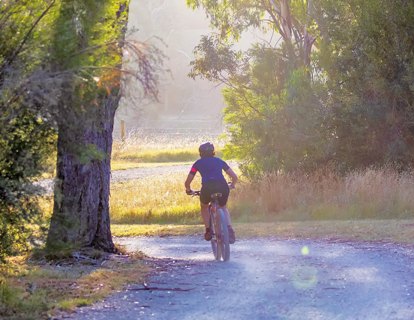
The teenage brain. An endlessly fascinating place. If you’ve raised teenagers, maybe, just maybe, in some tiny little corner of your mind, you considered selling your sweet, moody, emotionally-charged, sensitive, belligerent, impulsive, can’t-get-enough-sleep-ever teen to the highest bidder.
The scientific truth about their ever-changing behavior? They actually can’t help it!
In adolescence, the last part of the brain to develop is the prefrontal cortex, the part of the brain responsible for decision making and the ability to plan and think about the consequences of actions, solve problems and control impulses. Surprise you? Likely, it doesn’t.
During this period of extensive cognitive remodeling, teens rely on a part of the brain called the amygdala to make decisions and solve problems more than adults do. The amygdala is associated with emotions, impulses, aggression and instinctive behavior. Sound like the typical teen? You bet.
So what’s an adolescent (or a parent!) to do about it? I tell anyone who will listen that the most powerful drug on the market for just about every possible human condition, without exception, is available without a prescription and has zero negative side effects. That includes use of this drug to smooth out the rough edges of adolescence. The drug?
EXERCISE
And now, the research supports it. Aerobic exercise has all the known benefits, including reducing the risk of cardiovascular disease, type 2 diabetes and specific types of cancers. But aerobic exercise has also been extensively linked to positive neurological and cognitive outcomes in children and older adults by increasing cell proliferation, survival and the differentiation of neurons, and improving learning and memory.
For teen brains specifically, exercise has a positive impact in the areas of self-esteem, self-efficacy, mood regulation, coordination, school performance, attention span, planning, problem-solving, working memory and inhibitory control. Additionally, more active children and adolescents tend to remain more active as adults and are more likely to have better health as a result, suggesting that physical activity levels during the adolescent years may be especially important in building a foundation for later health.
Fortunately, the form of exercise matters less than the frequency, duration and intensity. Teens can run, jog, brisk walk, swim, bike ride, play basketball or soccer, do martial arts or obstacle course training, or engage in any other type of physical activity with moderate-to-vigorous intensity. The key is in the dose: 60 minutes per day.
As the parent of a teen, you need to set a good example. If your child sees you cope with life’s challenges by taking a walk or run, or through healthy movement, they will be more inclined to listen when you suggest moving their bodies to soothe their minds. When you need to have a discussion with your teen about something without distractions, suggest taking a walk. When you have some quality time together, make it active. Go for a bike ride or take a fitness class together or treat yourselves and hire a fitness, dance or sports instructor to spend an hour with you both as a treat.
For teens, find a form of movement you ENJOY. (See Sara Kupfer’s article on joyful movement here.) This is so important for lifelong physical and emotional health. The best exercise is the one that you will do, so explore ways of moving that feel energizing and make you happy. If you hate something, you won’t do it. Don’t train for a marathon if what you really love is dance or parkour or martial arts.
Adolescence is a formative time in life and the perfect time to develop healthier habits and coping skills. If your teen doesn’t already have an exercise habit, this is the perfect opportunity to encourage and support it.
————————————————————————-
Reference: National Institutes of Health, “Exercise, Cognition, and the Adolescent Brain” by Megan M. Herting, PhD and Xiaofang Chu, BA